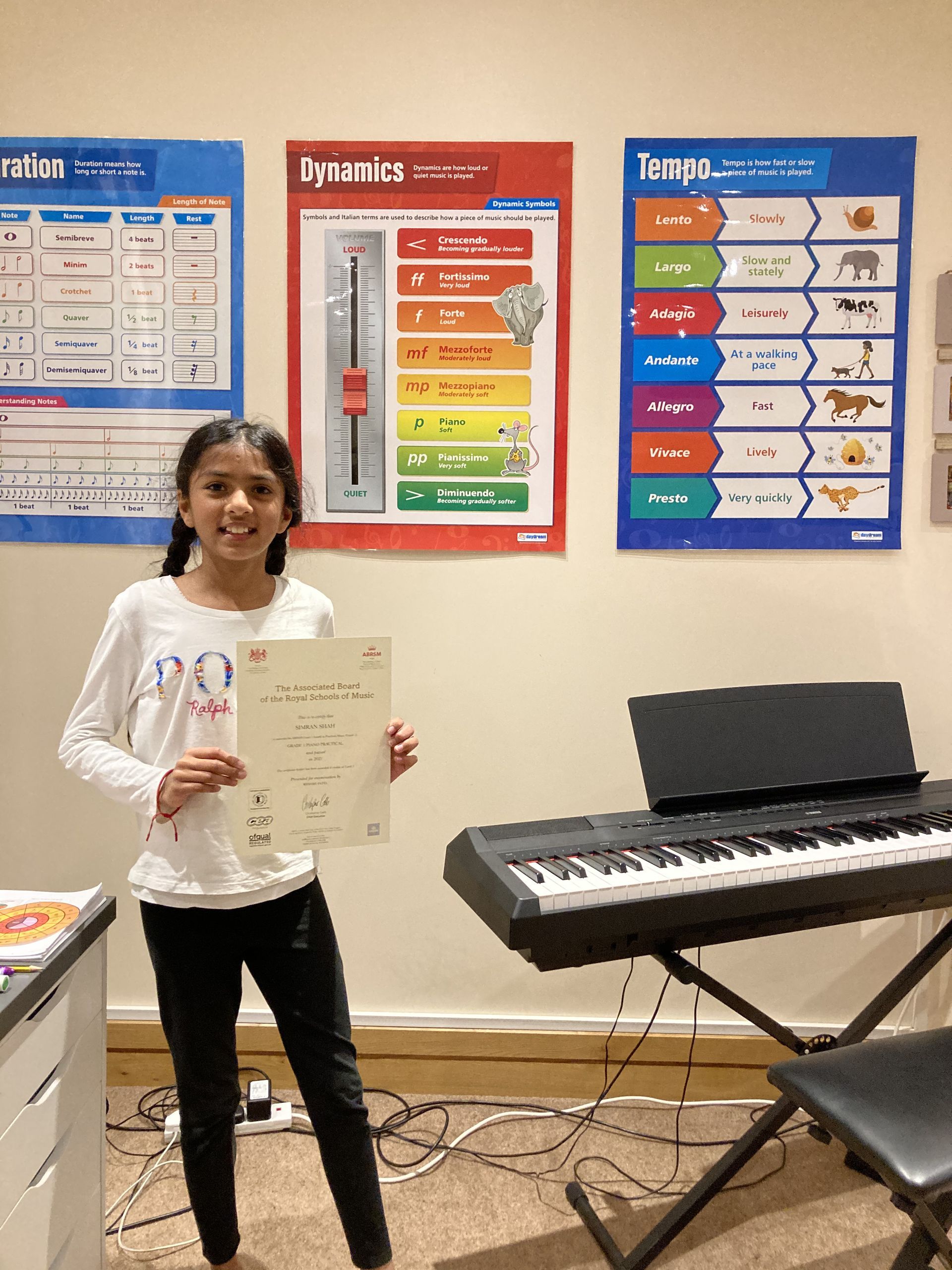Easy Ways to Create a Piano Practice Routine
Piano practice for students can sometimes feel like a chore or can be easily forgotten in the midst of many other life priorities.
After spending time looking for your perfect piano teacher, buying a piano and paying for lessons, it’s beginning to worry you that your child has not yet developed a routine for their piano. You’ve noticed that you are starting to find their practice sessions repetitive and quite frankly boring.
Here are THREE ways you can create an easy piano practice routine:
1. Visual Prompts
We recommend students keep their piano in a place where they will pass it often. If this isn’t possible then we suggest leaving your notes, resources or books in a place you will pass it often. This could perhaps be with your work, shoes, near the dinner table or in your bedroom.
2. Time Block
Aim to play before or after an activity you do each day. For example, eating a meal or going for a walk.
3. Accountability
Ask friends, family, colleagues or classmates to ask your prompt questions. Here are some examples:
a) What do you enjoy about playing the piano?
b) What are you learning in your piano lessons at the moment?
c) Why did you choose the piano over another instrument?
d) When will you next be playing your piano?
e) Can I listen to you play the piano?
Remember that when you are trying out these hacks to look at them little and often but also be patient with yourself. If you wish to know more about these hacks and resources, feel free to take a look around our website or connect with us directly!



All Rights Reserved | Key Sounds UK
